Although European countries have advanced standards to ensure the safety of domestic electrical installations, their application is generally reserved for new electrical installations. In order to improve the safety of old electrical installations, the solutions observed so far are to establish reference guides and methods for safety and to carry out periodic inspections and informing occupants about the risks of their old electrical installations.
European Union countries therefore face a major challenge in regard to domestic electrical safety, especially as, the number of hazardous installations is expected to continue to rise if nothing is done. In response to this, models of cooperation have emerged in some countries. The effectiveness of the resulting solutions is still subject to an important preliminary step: to improve the statistical knowledge on the state of the old domestic electrical installations and their consequences, particularly in terms of fires. Out of such knowledge, suitable solutions can then be developed.
Recently, the European Commission sent a strong signal to the Member States with its revised Energy Performance of Buildings Directive (July 2018). It advocates the development of national policies for safety inspections and upgrading domestic electrical installations as part of more extensive programs to renovate old buildings.
In this context, the Forum for European Electrical Domestic Safety (FEEDS) has released a comprehensive report on electrical safety with 10 key recommendations to keep yo safe at home during the COVID-19 lockdown.
- Read the report here.
